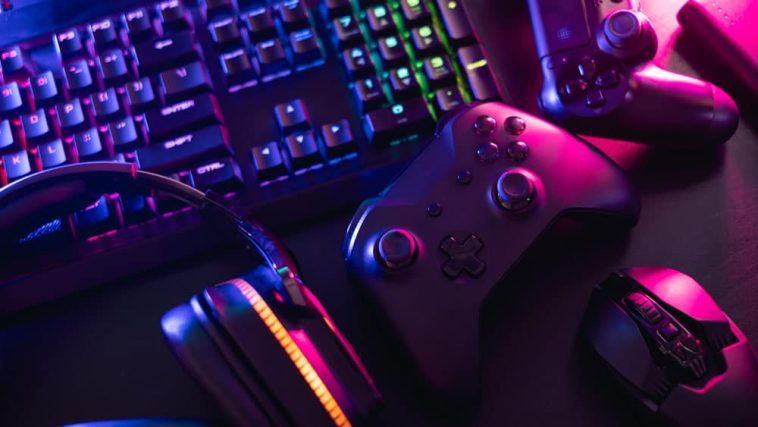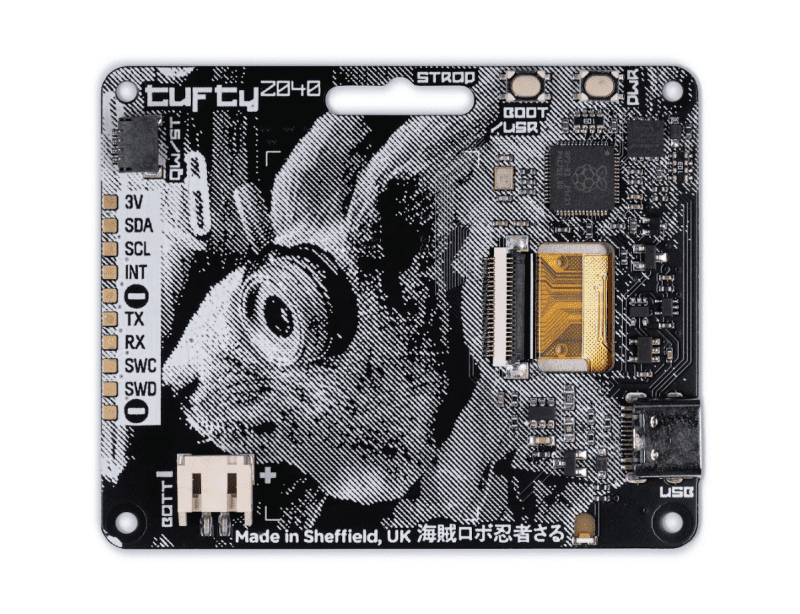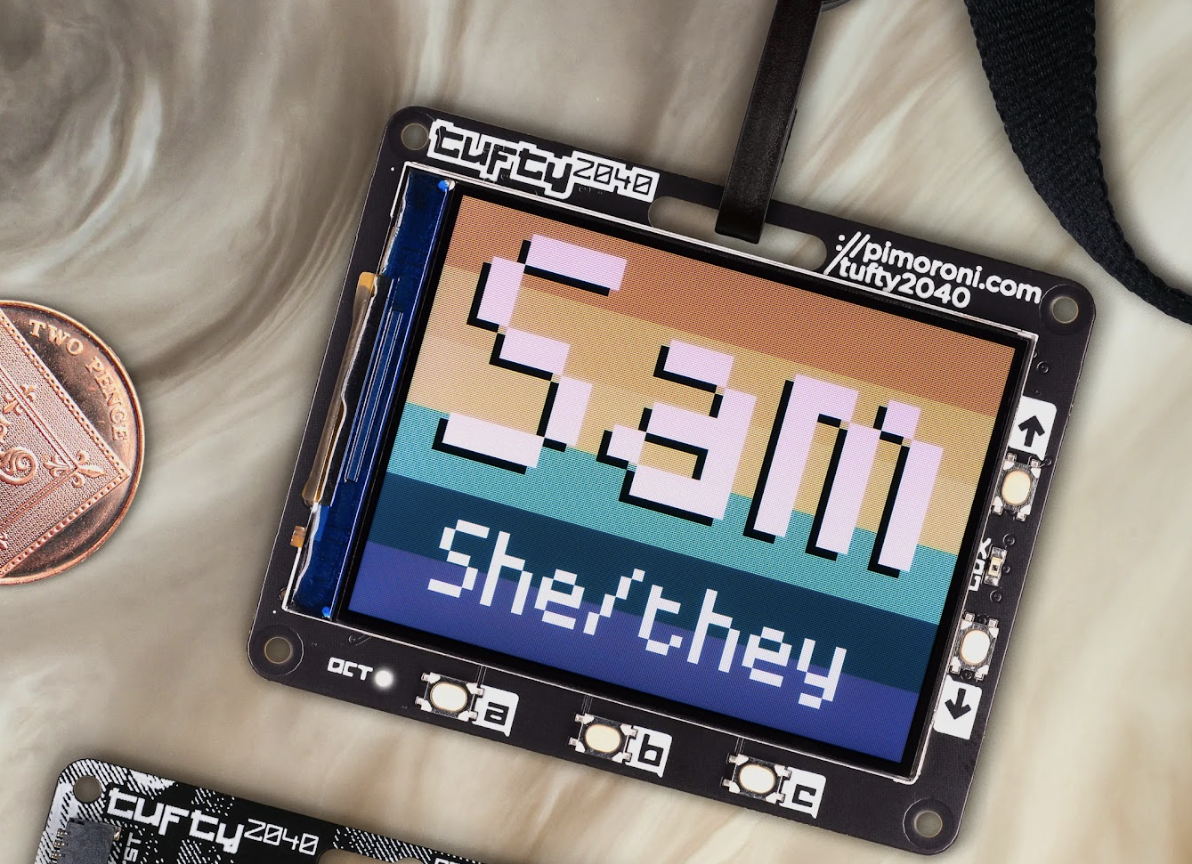Connecting the Tufty 2040 to a computer via USB enables you to program it in MicroPython or C++. The PicoGraphics library makes it relatively easy to write text and draw shapes. JPEGs can also be rendered, and sprites imported from a sprite sheet.
Wear it well
For portable use, a JST-PH battery connector accepts input from 3 V to 5.5 V. An optional Accessory Kit includes a 3×AAA battery pack, Velcro pad to fix it to the rear, and lanyard. A less bulky alternative is to use a LiPo battery, although the Tufty has no circuitry to charge it. Naturally, power drain is higher than using an e-ink display: around 100 mA in total. The on-board light sensor could be used to auto-dim the display via PWM, however.
A neat bonus feature is the Qwiic/STEMMA QT port which can be used to connect I2C sensors and other add-ons. So you could even use the Tufty 2040 as a data display instead of a badge.
Verdict
9/10
The crisp colour screen makes for a super-cool interactive name badge that is versatile and fairly easy to program.
Specs
Display: 2.4 in colour IPS LCD display, 320×240 pixels
Power: JST-PH battery connector (input range 3–5.5 V), USB-C
Features: 5 × user buttons, LED, Qwiic/STEMMA QT port, breakout edge connector (I2C, UART, SWD), 8MB flash storage




